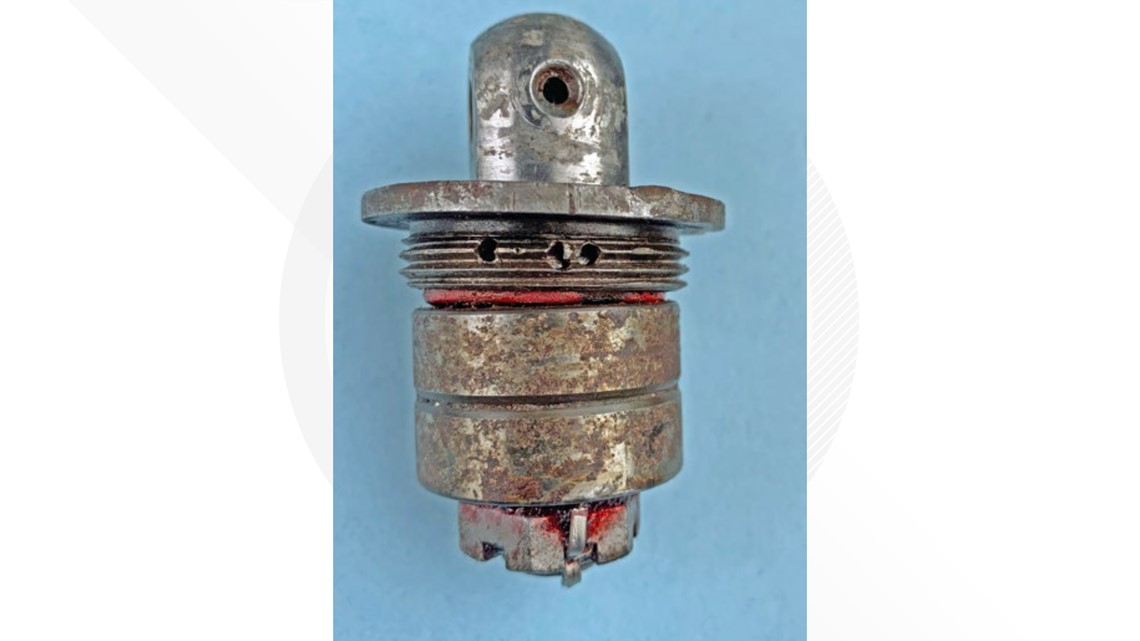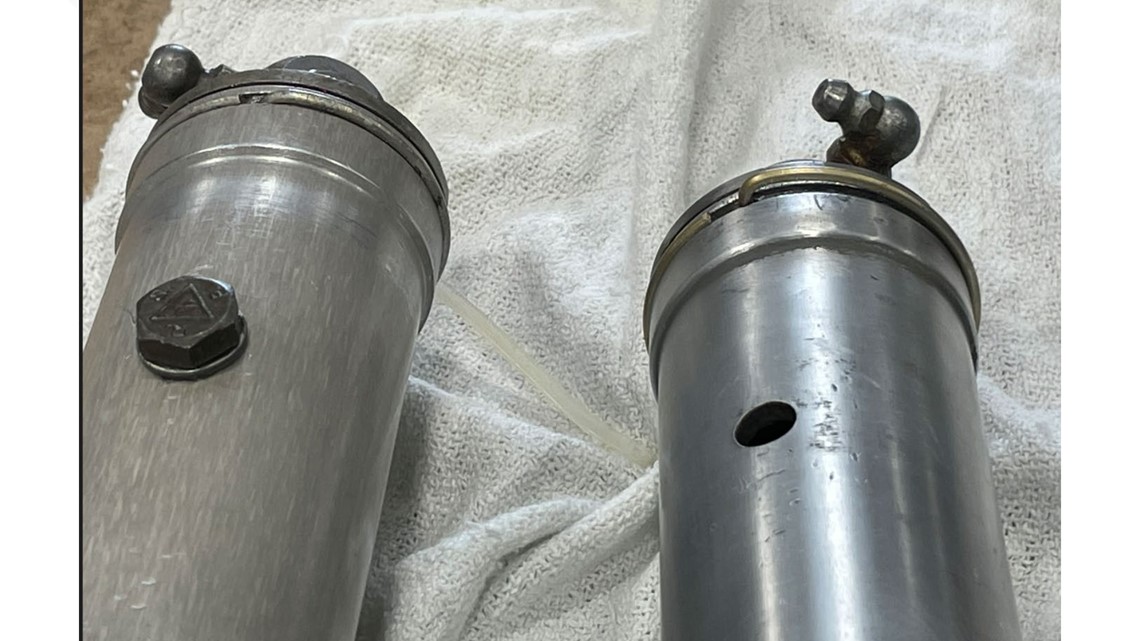WHIDBEY ISLAND STATION, Wash. — In the investigation into a deadly floatplane crash off Whidbey Island, the National Transportation Safety Board (NTSB) said it did not find a lock installed to a part that controls pitch on the aircraft, which could have led to the loss of control in the air.
The crash off Whidbey Island killed the pilot and nine passengers Sept. 4. The plane was flying from Friday Harbor, a popular tourist destination in the San Juan Islands, to Renton Municipal Airport when the crash was reported at 3:10 p.m., according to the Coast Guard. The plane crashed in Mutiny Bay off Whidbey Island, roughly 30 miles northwest of downtown Seattle and about halfway between Friday Harbor and Renton.
The NTSB said in its preliminary report a circular lock ring is used to prevent the barrel and clamp nut from unthreading from the horizontal stabilizer actuator, a part in the tail of the plane that helps the aircraft control its pitch or up and down motion. The lock ring, however, was not found in the wreckage. About 85% of the floatplane was recovered from the sea floor on Sept. 30, according to the NTSB.


Transportation officials said the manufacturer’s assembly drawings for the horizontal stabilizer actuator call for a hole to be drilled into the clamp nut to accept the lock. Examination of the airplane after the accident revealed that five holes had been drilled into the clamp nut threads. But three holes were damaged to the point where they would not allow for the full insertion of the lock ring tang, which acts as a pin.


This suggests to officials that it may be possible for a lock ring to be partially installed.


The actuator is the only means to hold the stabilizer in its position. The lock ring keeps the parts from unthreading. If the nut and barrel unthread during a flight, the NTSB said the stabilizer would rotate "uncontrollably" and result in a possible loss of airplane control.
According to preliminary information from the operator, the most recent overhaul of the horizontal stabilizer actuator was completed on April 21.
According to a preliminary report on Sept. 4, witnesses near the accident site reported the airplane was in level flight before it entered a slight climb and then pitched down in a near-vertical descent. Several witnesses described the airplane as “spinning,” “rotating” or “spiraling” during portions of the descent. One witness reported hearing the noise from the engine and propeller, but there was not any “pitch change” in the noise.
At this time, the NTSB said it does not know whether the lock ring was installed before the airplane impacted the water or why the lock ring was not found during the examination.
The NTSB, in coordination with the Transportation Safety Board of Canada, asked that the manufacturer draft instructions for an inspection of the actuator to ensure that the lock ring is in place and properly engaged to prevent unthreading of the clamp nut.
Those instructions will be released and provided to all operators of the DHC-3 airplane worldwide in a service letter, the NTSB said.
Meanwhile, the NTSB is taking a deeper looking into Northwest Seaplanes, the Renton-based company that owned the plane. That includes digging into maintenance records, "especially giving this finding," an NTSB spokesperson said.
"There's still a lot of work to do, but this certainly narrows down the focus of the investigation," they said.

